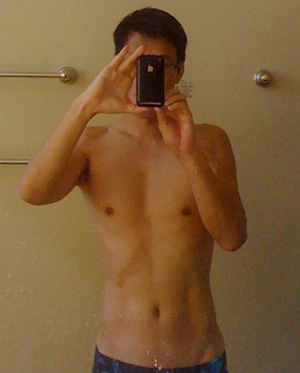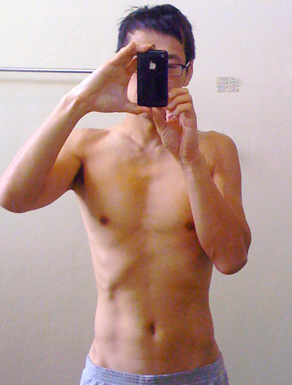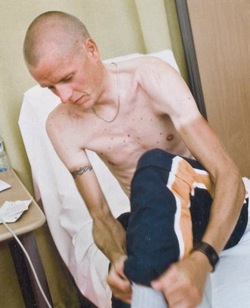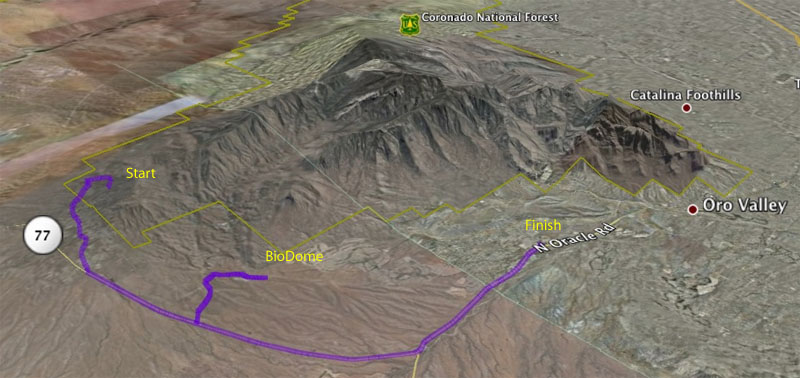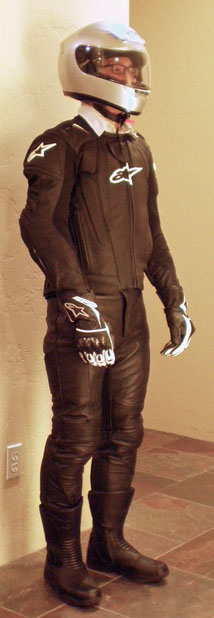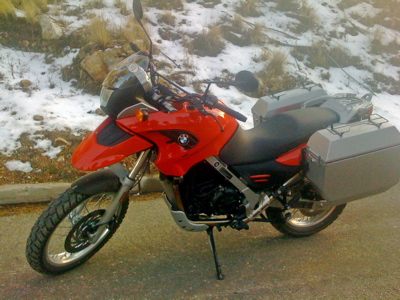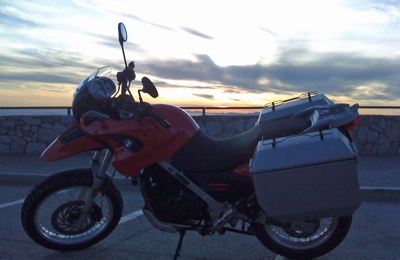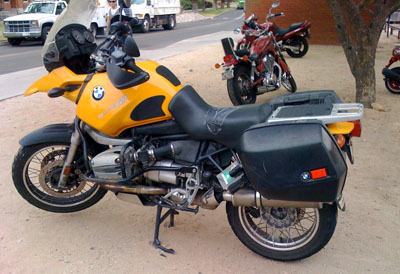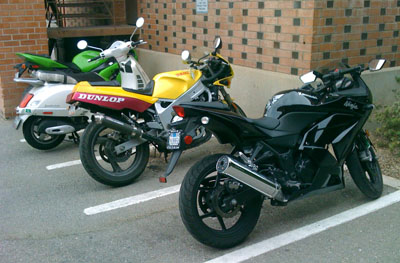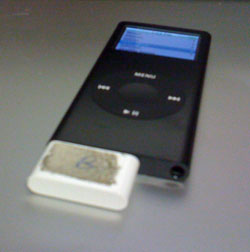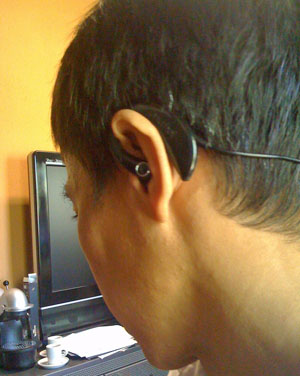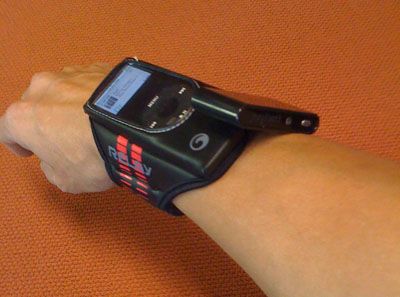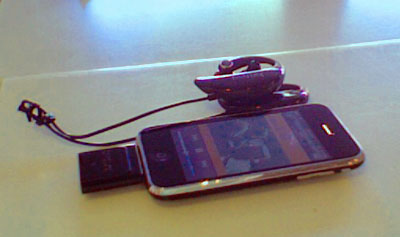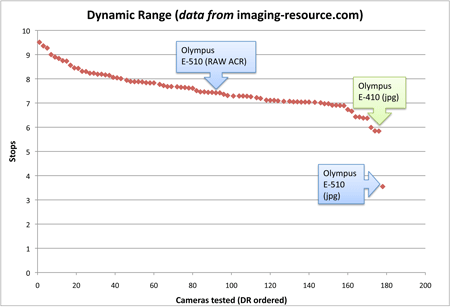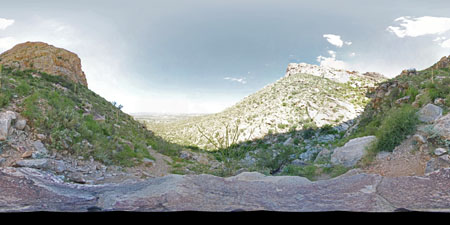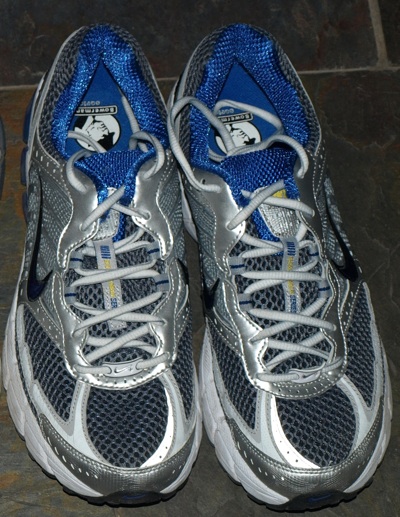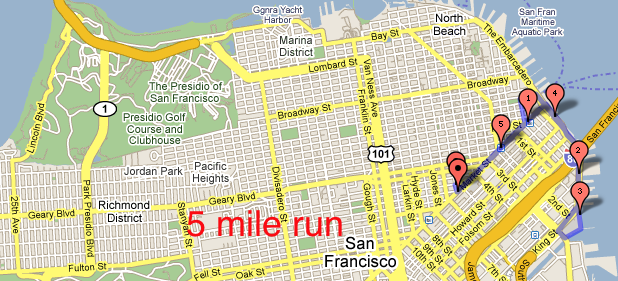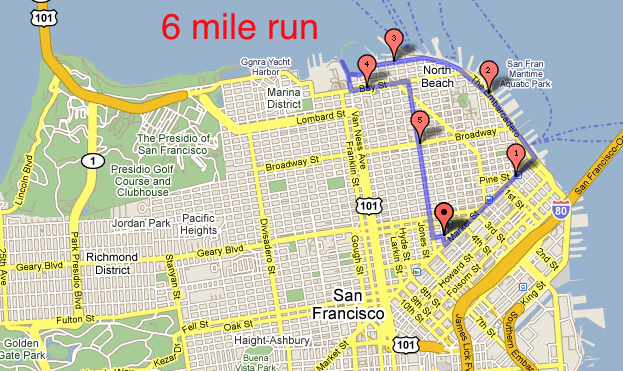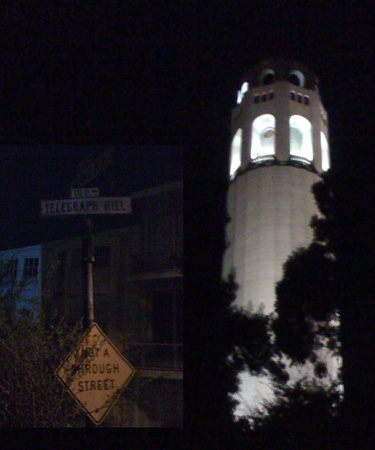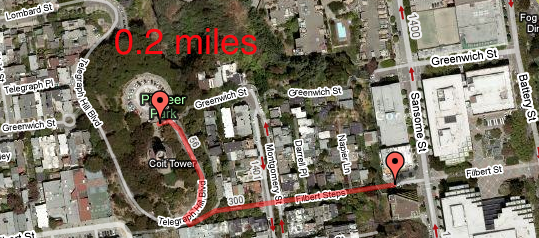
|
This is just my 2nd dirt road adventure. And boy, did I come unstuck on this ride. I have no off-road skills and it shows. First time around, I took the bike on Oracle Control Rd (a dirt road) up to Mt Lemmon and came down the Catalina Hwy (paved). Did fine. See blog entry here. |
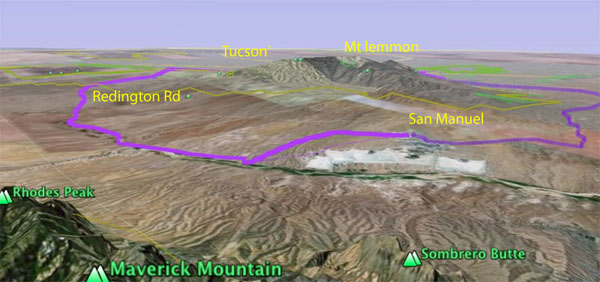
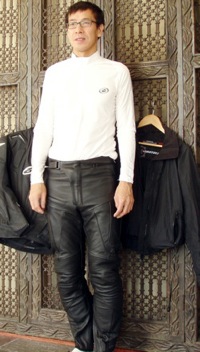
|
It began as a bright but fairly chilly morning (3-5C). Hardest problem seemed to be clothing selection.
Tried a FirstGear 90W heated liner (right), substituting it for the regular liner that comes with the Alpinestars RC-1 jacket (left). Base layer was a polypro Performance cycling jersey.
The battery had to be wired for the electrically heated jacket liner. This involves taking off the turn signals and all the plastic panels on the bike to get access to the battery. There were clear instructions in the BMW manual. A 2 hour careful install for me. You could probably do it in 20 minutes. |
Taking desert dirt roads affords vistas and serenity unavailable to those on paved roads. An example:

[On the dirt road to San Manuel.]
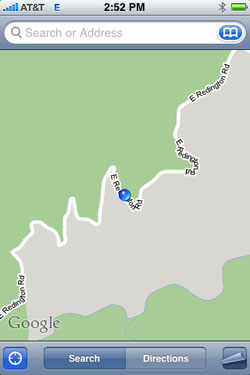
|
I almost made it back into Tucson when I crested the top of Redington Rd and on the way down these hairpins turns were the only obstacle between me and Tanque Verde Rd (paved). On my earlier ride on Oracle Control Rd, the dirt switchbacks posed no problems. But that was going up only. Coming down was a totally different matter. |
When the front wheel just slid out from under me on a descent, that was the first real indication that I didn't know what I was doing. I was in first gear with throttle closed. Maximum engine braking. It was steep and a little bit loose. I was also a bit intimidated with the momentum the bike still appeared to be picking up. Finally, there was also a tight switchback at the bottom to be negotiated. So I braked. And whoops! Bike down.

[After picking up the bike for the 2nd time.] |
I picked myself up, killed the running engine, picked up the bike and switched off the ABS braking, only to immediately wipe out on the following loose gravel/sand turn when I braked again. We're talking first gear here, max 10-12 mph. The aluminum Jesse bags saved the bike from any damage each time. Now that I've dropped the bike on consecutive descents (into a 180° turn), any confidence I had had evaporated. I was simply incapable of figuring out how to slow the bike further and not wipe out at the same time. (Only silver lining here: I can pick up a 450 lb motorcycle lying on its side. Had my doubts beforehand.) |
Hmm, how do I get down there without further mishaps?

I decided to "walk" the bike down the next hairpin. That was another mistake. It was a titantic struggle against gravity to try to arrest 450 lbs of machinery from not sliding and falling over on loose gravel on a 15% slope. Ended up totally drenched with sweat. And only getting 30 yds down the dirt road. The next hairpin didn't appeal to me either but I was so tired I decided to sit on the bike and literally inch it down while stabilizing the bike with both feet on the ground. It wasn't pretty. Another 20 minutes. And another 50 yds. I'm ready to bonk now. An hour after my first mishap, I was finally to ride the rest of the dirt road as it had gotten less steep. Conclusion: I gotta get myself some off-roads skills before I try coming down Redington Rd again. And not use that front brake. Every time I squeezed it the bike fell.


